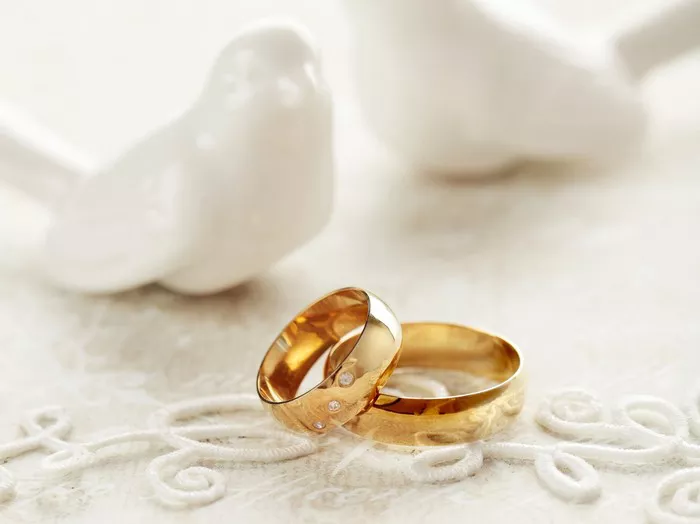For decades, platinum, yellow gold, and white gold dominated the wedding ring market. But in 2025, couples are increasingly turning to alternative metals that offer durability, uniqueness, and affordability. Titanium, tungsten, cobalt chrome, and even meteorite-infused bands are gaining popularity, reflecting a broader trend toward personalization and non-traditional aesthetics.
Titanium, known for its lightweight yet incredibly strong properties, has become a favorite among active individuals who want a ring that can withstand daily wear. Tungsten, prized for its scratch resistance and sleek, modern look, is another top contender. Meanwhile, cobalt chrome offers the lustrous appearance of white gold but with greater durability and a lower price point.
Perhaps the most intriguing trend is the use of unconventional materials like meteorite, wood inlays, and even dinosaur bone fragments in wedding bands. These unique options appeal to couples who want their rings to tell a story—whether it’s a piece of space rock symbolizing an “out-of-this-world” love or a reclaimed wood band representing sustainability.
Jewelers are also experimenting with mixed-metal designs, combining rose gold with black zirconium or platinum with carbon fiber for a futuristic look. Customization is key, with many couples opting for engraved coordinates, fingerprints, or even soundwave patterns of their vows embedded in the metal.
While traditionalists may still prefer classic gold or platinum, the demand for alternative metals signals a broader shift in how couples view wedding rings—not just as symbols of commitment, but as expressions of individuality.


